Looking back at a century of economic geology: SEG celebrates its centennary
Despite developments in science and techniques over the last 100 years, the search for mineral deposits remains one of the great scientific puzzles. The quest, involving prospectors, data scientists and field explorers alike, is an exciting endeavour.
During the late 1800s in North America, prospecting men (and a few women) were the backbone of the industry. As the 20th century dawned, however, discoveries were rarer and prospecting less profitable. Large companies took new approaches with Kennecott and Anaconda hiring the first exploration managers. Waldemar Lindgren and other academics were also using geology and field observations to define fundamentals of ore deposits. Ways to share knowledge between industry and academia however, were limited.
With this challenge in mind, a group of colleagues representing diverse interests convened over lunch in late December 1919 to discuss formation of a new organization. The Society of Economic Geologists (SEG) began its first year of operations in 1921, led by the giants of economic geology at the time, including R.A.F. Penrose, Jr., Waldemar Lindgren, and Josiah Spurr. An important partnership was established at the start with the journal The Bulletin of Economic Geology (founded in 1905).
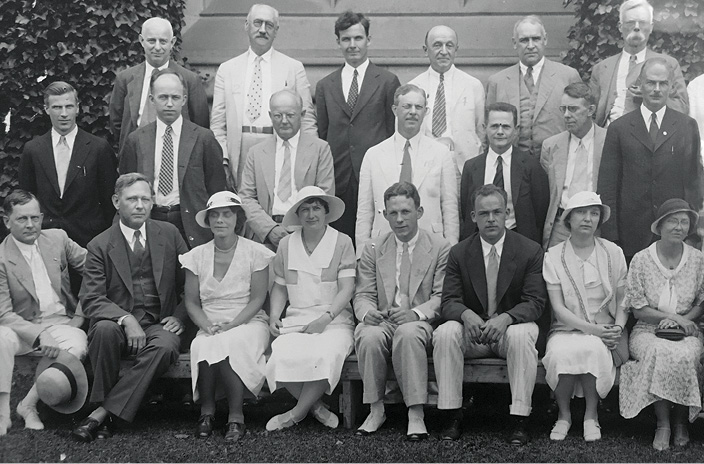
The new organization embraced the multiple needs of exploration, mining and academia with an emphasis on the practical. Through those early years, flexibility was key as world events including the Great Depression meant postponements and delays in Society business. The initial meetings of SEG were held as the flu pandemic came towards its end in 1920: Now 100 years later, we face similar disruption.
Co-operation with other societies was integral to SEG’s success. Notable was the involvement of many SEG members to bring the 16th International Geological Congress (IGC) to Washington, D.C. As recovery from the depression continued, the conference was carried out under extraordinary circumstances in 1933 – a year late, but attended by delegates from all over the world. Key support came from President Herbert Hoover (1929-1933), also a charter member of SEG. The congress was followed by an epic trans-continental field trip by train, celebrating the new map of the United States, printed at great expense by the United States Geological Survey for all attendees.
Post World War II, the demand for resources grew dramatically and the need for geologists of all types was increasing at a rapid pace. The steep declines in reserves of many major commodities prompted a concerted, co-ordinated effort across the globe to find and develop new sources of metals. Once recovery was underway and a long period of relative stability and prosperity was established, the mining industry flourished, supported to a considerable degree by major advances in science.
The 1960s were marked by significant new understanding of the Earth; experimental research provided insights, geophysical techniques were developed, and mass spectrometers allowed the characterization of isotopes and dating by geochronology. The biggest game changer was the shift in our view of earth processes and large-scale structure through the development of plate tectonics. Now there were multiple scientific tools and frameworks at our disposal to augment field-based interpretations.
Through this period of growth and advancing geoscience, SEG recognized the need to establish a stronger financial base to support research and activities vital to the science of economic geology. The SEG Foundation was inaugurated by a generous contribution from Thayer Lindsley (Canadian Mining Hall of Fame) in 1969. That initial contribution set the stage for others to follow and laid a base which now supports a wide variety of programs, scholarships and awards.
Membership also started to change in the mid 1960s and accelerated through the 1970s as more professionals joined SEG. In the first 50 years of SEG, only four women were elected to membership, the first, in 1937, was a Russian born geochemist. Muriel Mathez joined in 1954 and remained a member until her death in 2008. In 1980 she was the first woman elected to Council, marking the beginning of a fundamental change within SEG towards gender inclusivity.
In the late 1980s, the cyclical industry saw oversupply, lower metal prices and consequent cutbacks in exploration. SEG responded by initiating student chapters and revamping membership categories. Student membership increased rapidly and SEG now supports 112 active student chapters in 31 countries across the globe. The face of SEG is changing again as we work towards greater inclusivity based on geography, race, gender, and even specialties – we are all stronger the more diverse our teams and varied our perspectives.
Over 100 years, SEG has weathered a World War, economic booms and busts, the impact of rapidly developing science beginning in the mid 20th century, and now is again embracing rapid change. The fundamentals of SEG and its purpose remain – modern society still needs the resources that we study, explore for and develop. With this history as a framework, we are meeting virtually across the globe, and in person, connecting economic geologists in celebration of the amazing last 100 years and looking beyond 2021. Join us to learn the history and create the future, at SEG 100, online and in Whistler, B.C., Sept 14-17. (www.seg100.org)
ANNE THOMPSON is president of PetraScience Consultants, host and producer of the SEG Discovery to Recovery podcast.

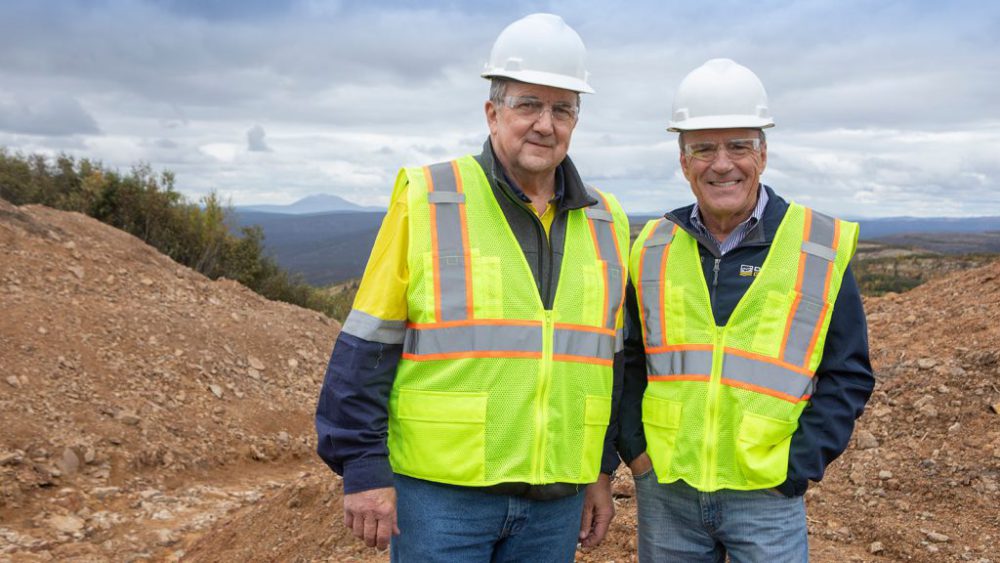
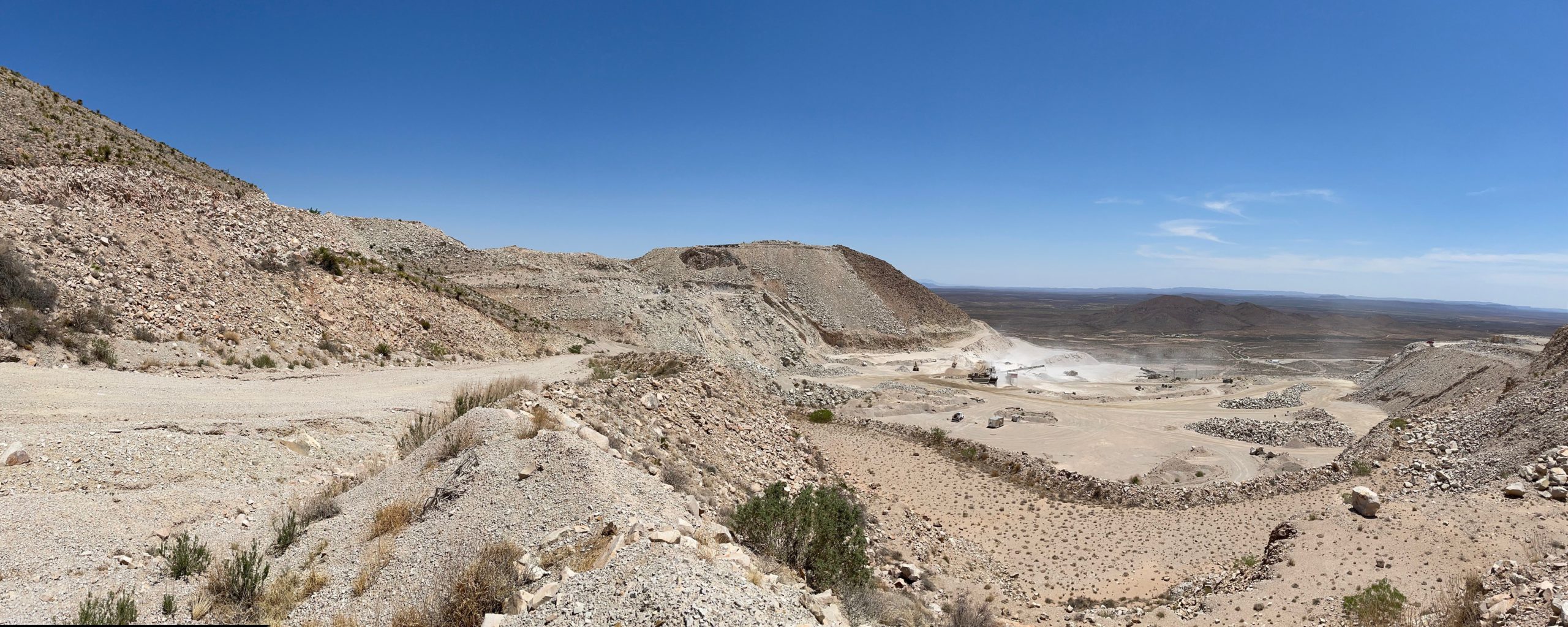
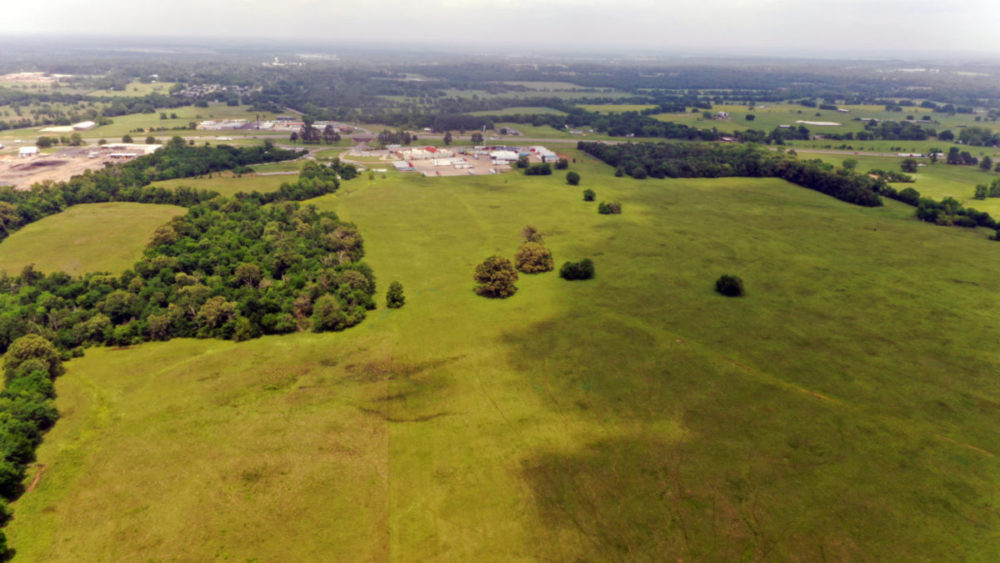
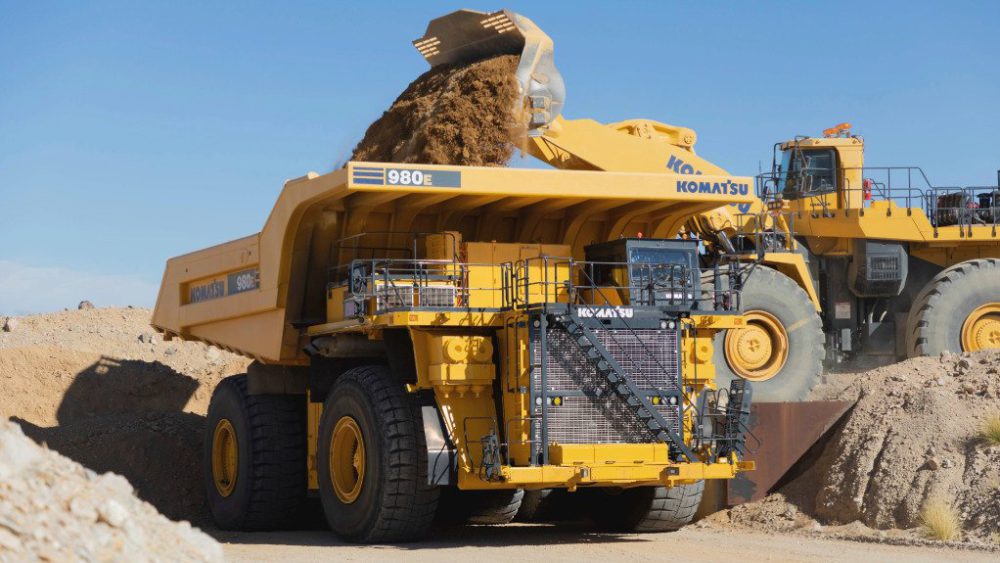
Comments